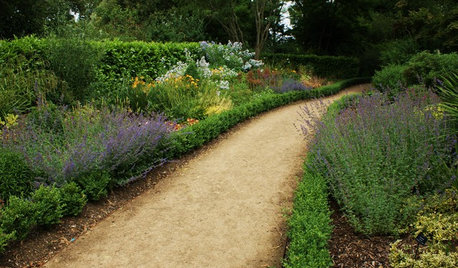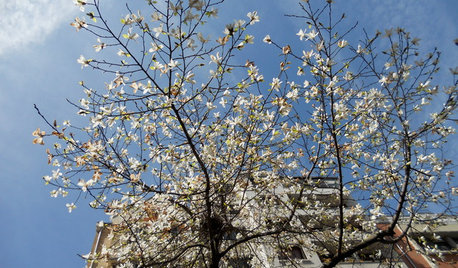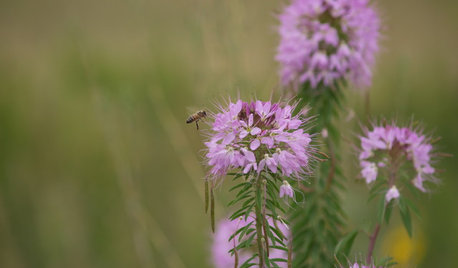First the weather. We are getting a nice light rain. Think we are on the edge again. Just east of us it has been raining all morning. Everyone once in a while it picks up a little. Afraid we may still be in the doughnut hole. But it will shift someday already has. But things are green and growing. Would like a nice 1 inch or more rain to leach what is in the top of my garden soil down a ways. I'm sure my soil is better than I thought after the soil tests. I've read where worms don't like real alkaline soils. And even after my deep mold boarding they are back in good numbers.
Now for germination issues I've experienced this year. Tomatoes over all was fair to good. I've started potting up. Looks like the first tray which I feel is the worst will be around 85%. The second should be a little better and the third I feel may go over 95% on seeds sown. And it only has one empty cell out of 72 and every variety germinated. Peppers isn't looking so good. And no clue why. As I've stated elsewhere probably a combination of seed age(most 2-3 years which really should be ok), seed storage practices. I store all of my seeds the same way. Not sure why some varieties have 100% and others none.
On one tomato variety I had zero on I replanted 20 seeds in small cells and put a plastic bag open on the end of it. Still no germination after 6 days. The seeds I planted in for comparison purposes I had 100% after 4 days. All in the same tray. The other seed was 3 years old and that I'm having problems with is last years. I did talk to another grower who got seeds from the same source, from the same bag and he got 100%. I am now trying some of the more exotic germinating methods out there. I will link one method used by GRIN and other research places to germinate slow seeds. I also put some in a damp paper towel in a baggie. Another said to put a few drops of MG on the soil after 5 days and it helps. I will update this thread later as to if any of them worked or not. I decided rather than to try peppers and tomatoes this year. I would try different methods on the same seeds so I can compare apples to apples. This is the only the second time I've had to resort to exotic methods to germinate seeds. I have had poor germination but never zero when I've planted this many seeds of a variety. I now have 35 seeds sown of this variety. If none germinate I will lean towards something happened during their transit in the mail. Jay
The following is the method I'm trying that UC and GRIN uses.
Seed Germination using Bleach
We recommend that seed of the following types of tomato accessions be treated with bleach (see protocol below for details) to improve germination rate and uniformity:
All introgression lines, recombinant inbreds or other prebred lines, as they tend to be weak, or partially dormant.
Seed of the following wild species, L. cheesmanii (S. cheesmaniae), L. cheesmanii f. minor (S. galapagense), L. chilense (S. chilense), L. peruvianum (S. peruvianum, S. arcanum, S. cornelio-mulleri, S. huaylasense), S. lycopersicoides, S. sitiens, S. juglandifolium, S. ochranthum.
Seed of the other wild species often benefit from bleach treatment as well.
Weak or slow mutants.
Any seed older than 10 years or stored under suboptimal conditions.
Any other tomato seed that does not germinate well without treatment.
For general use, seeds are soaked in 2.7% sodium hypochlorite (half-strength standard household bleach) for 30 min. After bleaching, seed should be rinsed thoroughly, then sown directly (i.e. without redessication) in germination boxes or in soil.
In addition to bleaching, seed may also be encouraged to sprout by knicking the seed coat near the radicle end using a sharp scalpel. Though not practical for large seed samples, knicking may be worth while for very weak seed and/or when seed quantities are extremely limited. We recommend knicking after the bleaching step.
Germination boxes and paper can be obtained from: www.hoffmanmfg.com and www.seedpaper.com/seedpapers.htm
A METHOD FOR IMPROVING SEED GERMINATION OF SOLANACEOUS SPECIES
C. M. Rick and F. H. Borgnino
Our most notorious problem is with L. cheesmanii, seeds of which will not germinate for us without pretreatment, no matter what the age of seeds, temperature regime, soil mixture, or other conditions of sowing. Seeds of certain accessions of L. chilense, L. hirsutum, L. peruvianum, S. lycopersicoides, and S. juglandifolium are also refractory, although a small percentage often sprout without special measures. The germination of seeds of any species that are old or otherwise in poor condition can likewise benefit. Such pretreatments as vernalization, sulfuric acid, gibberellic acid, high temperatures, and other stresses were applied to cheesmanii seeds without success. It finally became apparent that the dormancy is vested in the seed coats, the virtual removal of which is essential to sprouting. Laborious chipping of the seed coat with a sharp scalpel provided the clue. Passage through the gut of Galapagos tortoise is more effective, but cumbersome, nasty, and otherwise too inconvenient for general use. The method finally adopted is commonly used by agronomists for seeds of certain cantankerous legumes.
For general use, seeds are soaked in 2.7% sodium hypochlorite (half-strength standard household bleach) for 30 min, then thoroughly rinsed in tap water and sown directly or dried for sowings within the next few days. A single treatment hardly ever suffices for cheesmanii seeds, which must be treated at weekly intervals for as long as two months. The entire testa may thereby be removed, but the endosperm and embryo appear to withstand such seemingly violent treatment. These repeated applications cannot be applied, of course, to seeds planted directly in soil. Instead, we incubate the seeds on moist blotting paper in plastic sandwich boxes or any other suitable transparent container. The boxes are kept in an illuminated incubator maintained at 25C day, 18°C night temperatures, but ordinary room conditions are satisfactory. Keeping the seeds in the dark until sprouted seems to be advantageous. When the seeds have germinated and the cotyledons are well developed, the seedlings are transplanted to nursery flats filled with sterilized soil and placed in partial shade in the greenhouse.
: Home : About Us : Database Query : New Resources : Seed Requests : Links : Contact Us :
©1996-2010 TGRC, UC Davis
Tomato Genetics Resource Center
Department of Plant Sciences, Mail Stop 3
University of California, Davis
One Shields Avenue
Davis, CA 95616













Okiedawn OK Zone 7
Related Discussions
Have germinating aconitums, rose, others
Q
Guide To Help Others Germinate Lettuce Seeds Successfully
Q
Pepper Germination Musings
Q
Ways to germinate Avocado seeds.. other than water & toothpicks?
Q